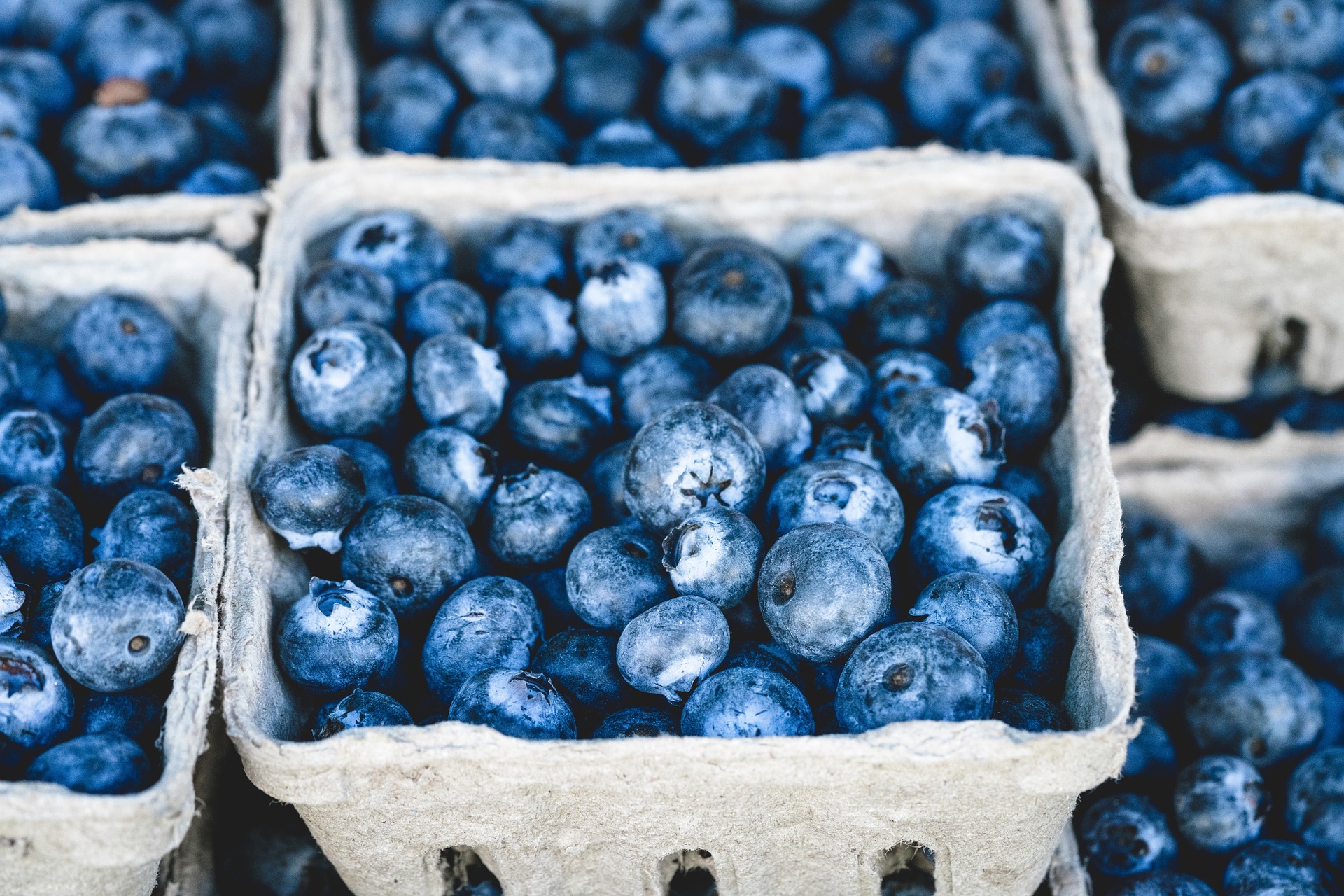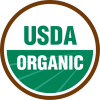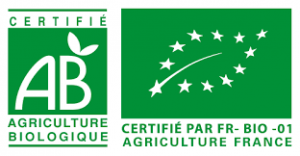 The decision to move away from consuming fully organic products that are less harmful to the environment is a very important one. To increase their consumer base, some popular brands have reoriented their marketing techniques to make their food appear both cheap and healthy. As organic has the wind in its sails, companies are obviously sniffing out the good deal. For the informed consumer, it is necessary to know how to discern the true from the false, in order not to be fooled by impostors.
The decision to move away from consuming fully organic products that are less harmful to the environment is a very important one. To increase their consumer base, some popular brands have reoriented their marketing techniques to make their food appear both cheap and healthy. As organic has the wind in its sails, companies are obviously sniffing out the good deal. For the informed consumer, it is necessary to know how to discern the true from the false, in order not to be fooled by impostors.
You only have to look at the grocery store at the many products labeled as ‘Natural’, ‘Preservative Free’, ‘Made with Organic Ingredients’ to convince yourself that the industry is trying to adapt to the needs of consumers. These terms speak to people because they want to know what they are eating. The population is increasingly aware of the dangers of using certain preservatives and certain food manufacturing processes. However, since most consumers are still concerned about the cost of food, more than the nutritional value, organic food companies must compete strongly with popular brands to successfully market their products. People want to eat better, but the financial argument weighs heavily in the balance.
Compared to organic food companies, the traditional food industry uses preservatives to increase the shelf life of food. The product can thus stay longer on the supermarket shelves, and longer in the consumer’s fridge. Large companies also have more income to spend on advertising and marketing to expand their distribution area. These companies therefore have a clear advantage in reaching people. As a result, organic food companies are sometimes forced to distribute locally to reduce shipping costs and save time on shelf life. As a result, organic companies will distribute smaller quantities of products to different regions. Some brands of organic products may therefore not be found across the country. So, it becomes important to recognize organic brands that are offered in your own area in local stores.
If you have recently gone organic, some organic brands may be new to you. You know them less and that is okay. The easiest way to get to know them is to start shopping “organic” in specialized organic food stores. Since these stores only carry this type of product, you will not have to worry about reading labels and trying to figure out whether the list of ingredients is natural or not. Once you are familiar with the brands offered in these stores, you will be able to easily target them in a traditional grocery store, as they are sometimes also available there. A large percentage of grocery stores offer sections entirely dedicated to organic food.
When shopping at traditional stores, which do not specialize in organic products, but may offer organic, trust the certifications. Take the time to read food labels. Organic products produced in the United States will be labeled “USDA Certified Organic”.
Organic accredited products in the USA will display the following logo:
In Canada, « any food, seed or feed that is labeled “organic” on the label is regulated by the Canadian Food Inspection Agency (CFIA). Producers of these products must be able to demonstrate that the organic claims are true and not misleading and that all product specific requirements are met. All food sold in Canada must comply with the Food and Drugs Act and its regulations, as well as the Safe Food for Canadians Act and its regulations. » Source: https://www.inspection.gc.ca/produits-biologiques/reglementation/eng/1328082717777/1328082783032
Organic accredited products in Canada will display the following logo:
Organic accredited products in France may display the following logo:
It is important to take the time to read and know the ingredients of the products you buy. Ingredients with unpronounceable names and which contain food coloring should be avoided, as these ingredients are rarely found in nature. Some brands offer organic food, but not all are organic, so you need to read the ingredients carefully. For example, ’’Kashi ’’, offers a variety of products such as cereals and soft bars, many of which are organic. However, not all their products are 100% organic. Many companies that offer gluten-free products also use preservatives in their ingredients. So, rather than relying on brands, we must above all rely on the list of ingredients.
Let’s recap! Focus on finding a specialty health food store in your area, and find out what organic brands are available to you. Take the time to read the ingredient labels and get to know them. By using this technique, you can then ensure that the groceries you buy will be free from unnatural ingredients. If possible, buy local for your fruits and vegetables, it will reduce your carbon footprint, and you will encourage people in your area!


